The Intriguing Past of Whale Watching in Connecticut
Connecticut's relationship with whale watching is steeped in a rich tapestry of history.
What began as a simple pastime, with residents and visitors standing on the shoreline to glimpse the majestic marine creatures, has blossomed into a thriving industry.
The evolution of whale watching in Connecticut is marked by significant milestones, such as establishing the state's first dedicated whale-watching tour company in the 1970s.
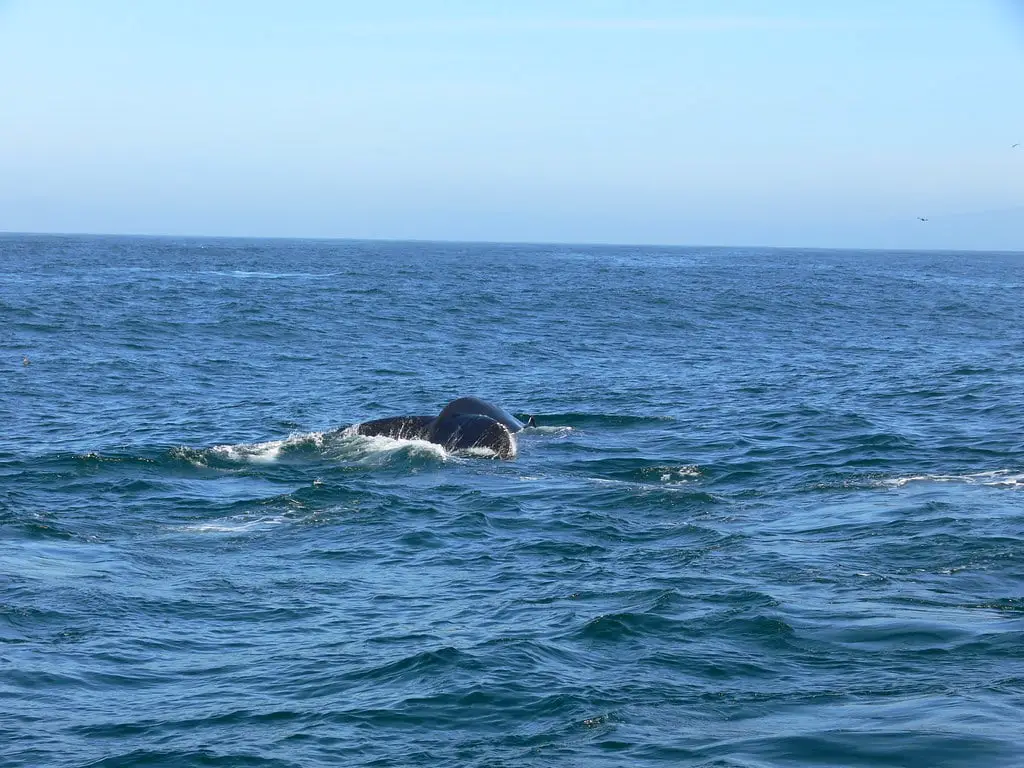
This development heralded a new era, transforming a casual activity into a structured experience that allowed enthusiasts to get up close and personal with these magnificent creatures.
The Diverse Whale Species of Connecticut
The coastal waters of Connecticut serve as a habitat for an array of whale species, each more fascinating than the last.
The Humpback Whale, with its distinctive body shape and long pectoral fins, is a frequent visitor to these waters.
Their acrobatic breaches and melodious songs make them a favorite among whale watchers. The Minke and Fin whales also grace the Connecticut coast with their presence.
The Minke, the smallest of the rorqual whales, is known for its curious nature, often approaching whale watching boats.
The Fin whale, the second-largest animal on the planet, is a sight to behold, its sheer size leaving spectators in awe.
These species, each with unique traits and behaviors, contribute to the vibrant whale-watching scene in Connecticut.
Timing Your Whale-Watching Adventure
The migratory patterns of whales play a crucial role in determining the best time for whale watching in Connecticut. As a rule of thumb, the summer months, from June to August, offer the highest chances of sightings.
During this period, whales embark on their northward migration to feed in the nutrient-rich waters, providing ample opportunities for enthusiasts to observe them in their natural habitat.
Prime Connecticut Whale Watching Locations
Connecticut is home to several prime locations that offer spectacular views of whales. With its rich maritime history, Mystic Seaport provides a unique backdrop for whale watching.
The Long Island Sound, a major whale migration corridor, offers unparalleled opportunities for sightings.
Other notable locations include Montauk Point and the waters off the coast of Norwalk. Each location offers a unique vantage point, ensuring every whale-watching trip is a distinct experience.
Gearing Up for a Whale-Watching Trip
A successful whale-watching trip hinges on proper preparation.
Essentials such as binoculars for a closer look at the whales, warm clothing to ward off the chill of the sea breeze, and seasickness medication for those prone to motion sickness should be part of every whale watcher's kit.
Safety is paramount, and adhering to the guidelines provided by tour operators is non-negotiable.
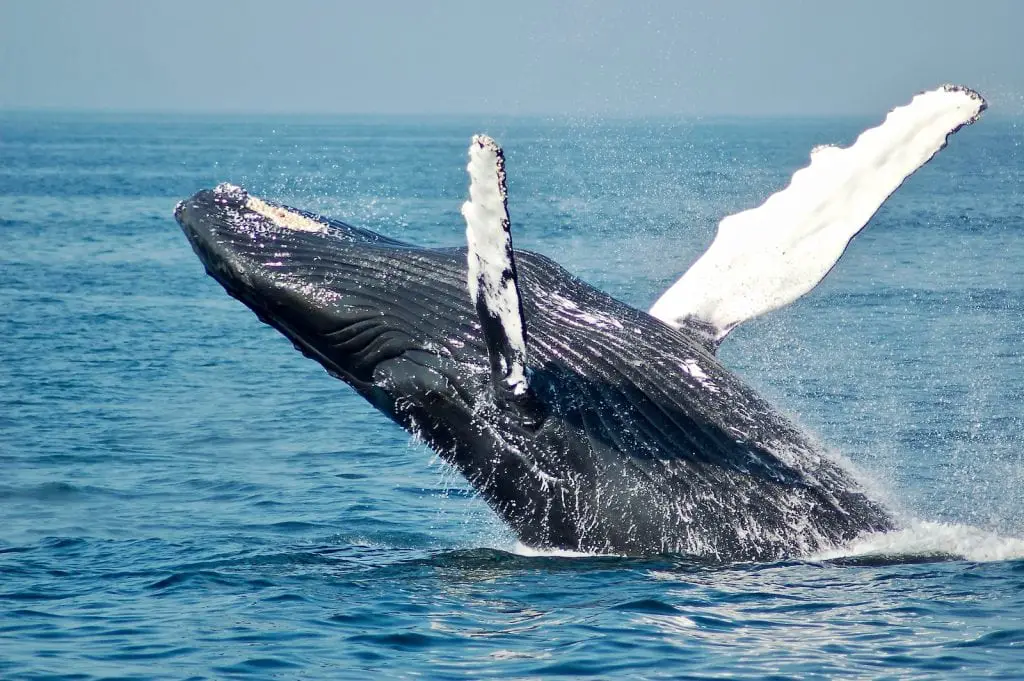
Essential Tips for Whale Watching
Mastering the art of whale watching is possible with a few essential tips. Choosing the right time of day, typically early morning or late afternoon when the sea is calm, can increase the chances of sightings.
Patience is a virtue in whale watching, as these creatures surface at their own pace.
Respecting the whales' space by maintaining a safe distance is crucial to ensure their well-being. These tips, when followed, can significantly enhance the whale-watching experience.
Economic Implications of Whale Watching
Whale watching is more than just a leisure activity in Connecticut; it's a significant economic driver. It draws tourists from around the globe, boosting local businesses and creating jobs.
The revenue generated from whale-watching tours contributes to the growth and development of local communities, underscoring the activity's economic importance.
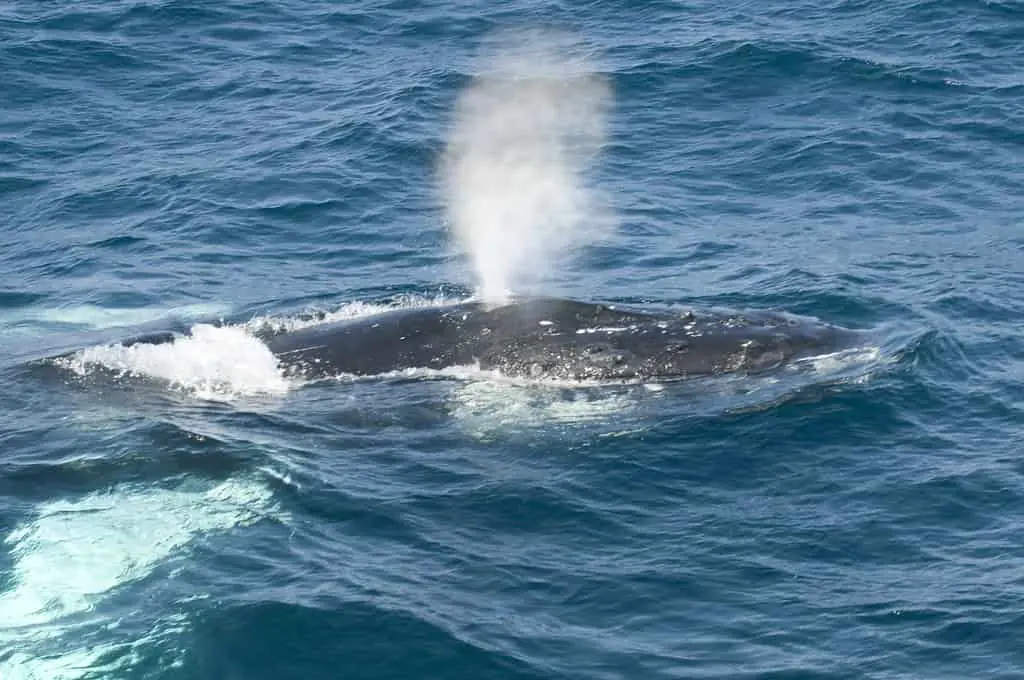
Conservation: A Cornerstone of Whale Watching
The survival of whales and the preservation of their habitats are paramount. Connecticut has several conservation initiatives in place aimed at protecting these marine species.
These include regulations on whale-watching tours to prevent disturbance to the whales and programs to rescue and rehabilitate stranded or injured whales.
Tourists can contribute to these efforts by adhering to guidelines and supporting local conservation organizations.
Recent Developments in Whale Watching
The whale-watching scene in Connecticut is dynamic, with new developments continually shaping the landscape.
Recent news points to an increase in whale sightings, a positive sign of a thriving marine ecosystem.
The future of whale watching in Connecticut looks promising, with plans underway for new tours and conservation initiatives.
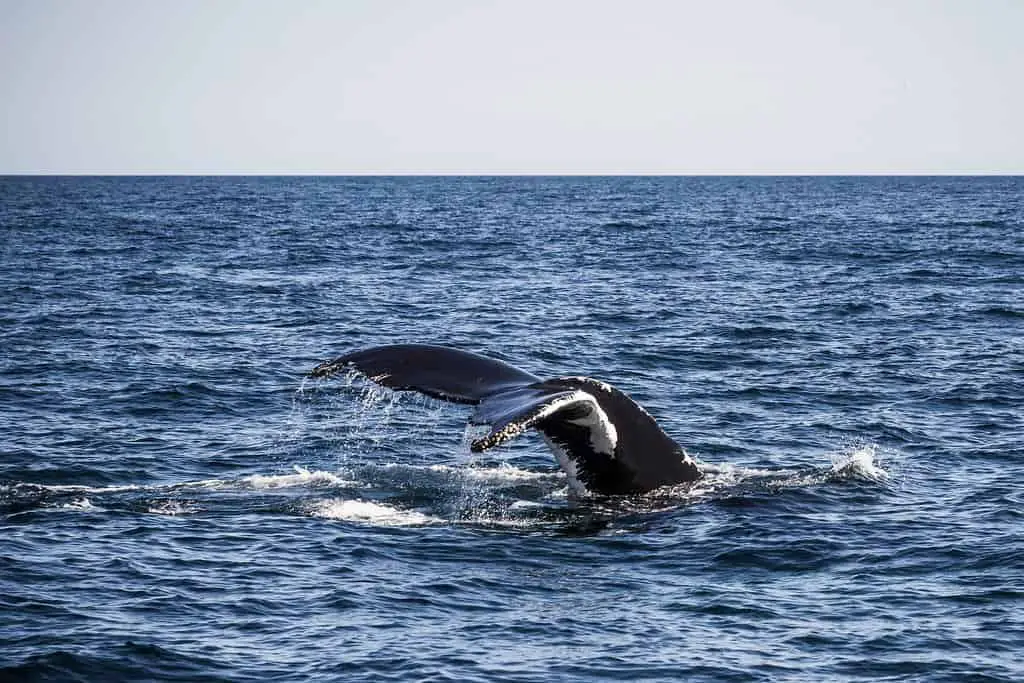
Mystic Seaport Museum: Voyaging in the Wake of the Whalers
The Mystic Seaport Museum in Connecticut is home to a captivating exhibition titled "Voyaging in the Wake of the Whalers." This exhibition is a deep dive into America's historical and contemporary relationship with whales and the whaling industry.
It is a journey transcending time, taking visitors from the past to the present and even into the future of whaling.
The exhibition was inaugurated following the 38th Voyage of the 1841 whaleship and National Historic Landmark, the Charles W. Morgan.
This ship, the flagship and signature vessel of Mystic Seaport Museum, is a symbol of America's whaling heritage.
It stands proudly at its berth, within sight of the gallery entrance, as a constant reminder of the industry's storied past.
"Voyaging in the Wake of the Whalers" is more than just a display of artifacts. It combines collections, artwork, audio-visual elements, immersive displays, and thought-provoking interpretations to tell a story.
It delves into the deeper narratives of the people, places, ships, and whales impacted by whaling since Morgan's construction in 1841.
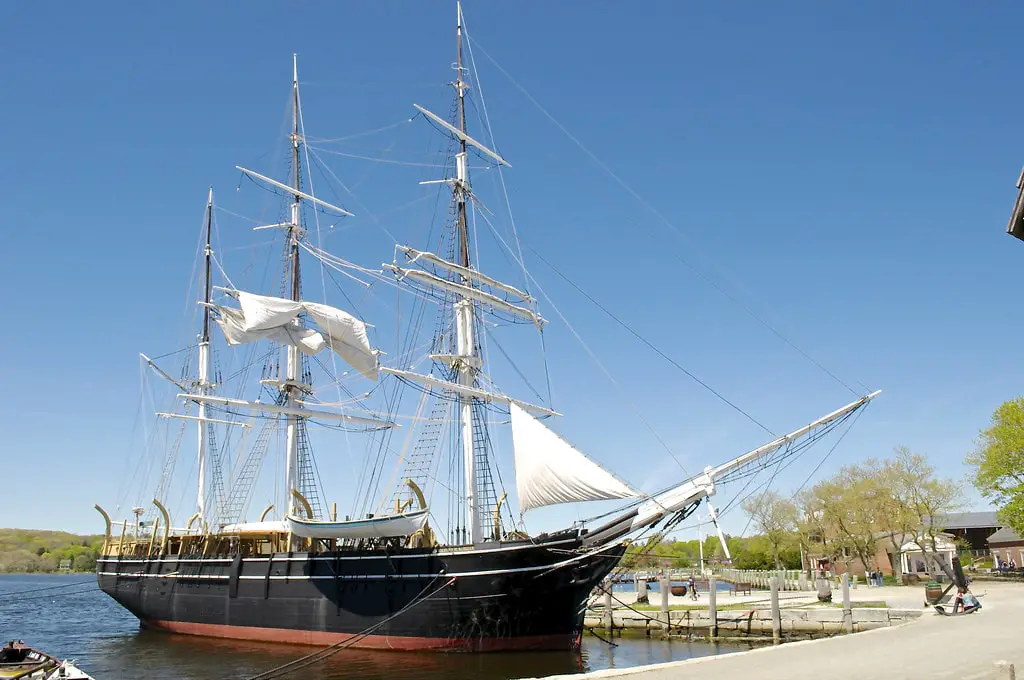
The exhibition features over 100 whaling-related artifacts, images, and documents.
These include logbooks, photographs, scrimshaw, ship models, and souvenirs. Moving images, oral histories, and sound recordings complement the collection.
Some artifacts and images are recent additions to the collection and are being displayed to the public for the first time.
The exhibition also includes interactive elements designed to bridge the gap between the whalers' world and our own. A short film presents a visually stunning introduction to the exhibit's topic and themes.
Touch-activated "Dive Deeper" information stations allow visitors further to explore the study of whales and the whaling industry.
Guests also have the opportunity to delve into a comprehensive database, seeking out information about the crew members who once navigated the Charles W. Morgan.
Additionally, they can gain insights into the recent restoration efforts undertaken on this historic vessel.
A standout feature of the exhibition is an impressive three-dimensional projection globe. This expansive display showcases the world's oceans, providing a global perspective on the subject matter.
This globe tells the universal, geographically-rich stories of Morgan and presents compelling contemporary research.
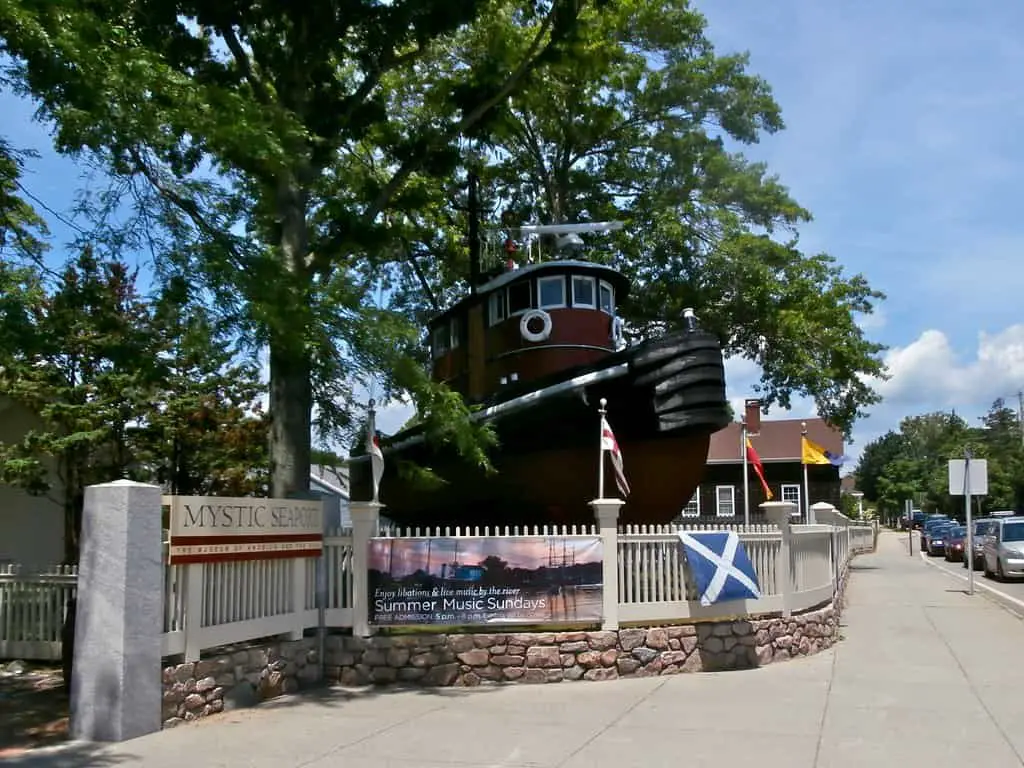
Video programs enable visitors to sail back to 1841, follow Morgan's journey on her first whaling voyage, explore diversity aboard whaleships, and see how tracking whales has evolved over the past 200 years.
In Conclusion: The Lasting Impact of Connecticut Whale Watching
Whale watching in Connecticut transcends the realm of tourism. It's a testament to the state's rich marine biodiversity, reflects its commitment to conservation, and is a significant contributor to its economy.
The experience leaves a lasting impression on those who partake in it, inspiring a sense of awe and respect for these marine giants.
